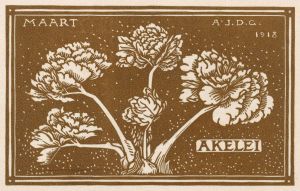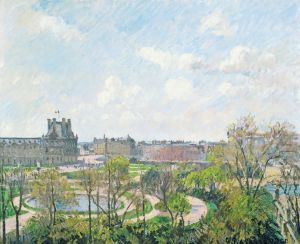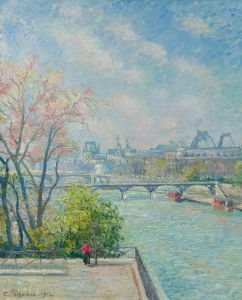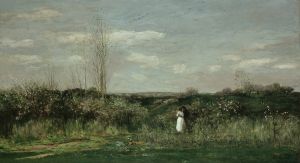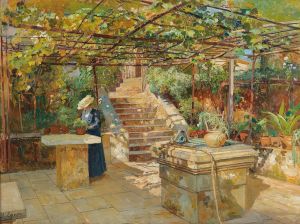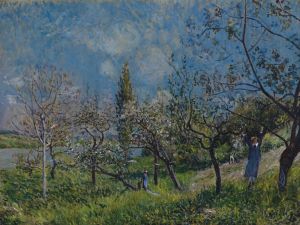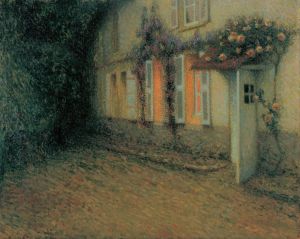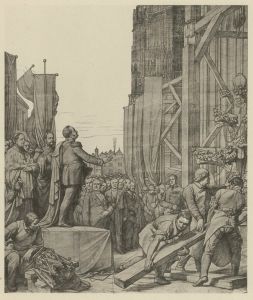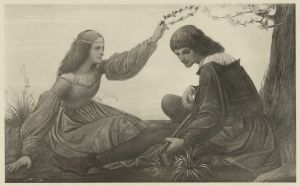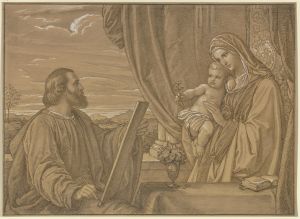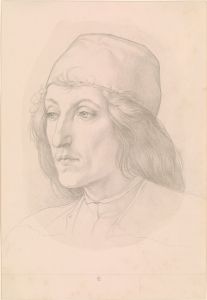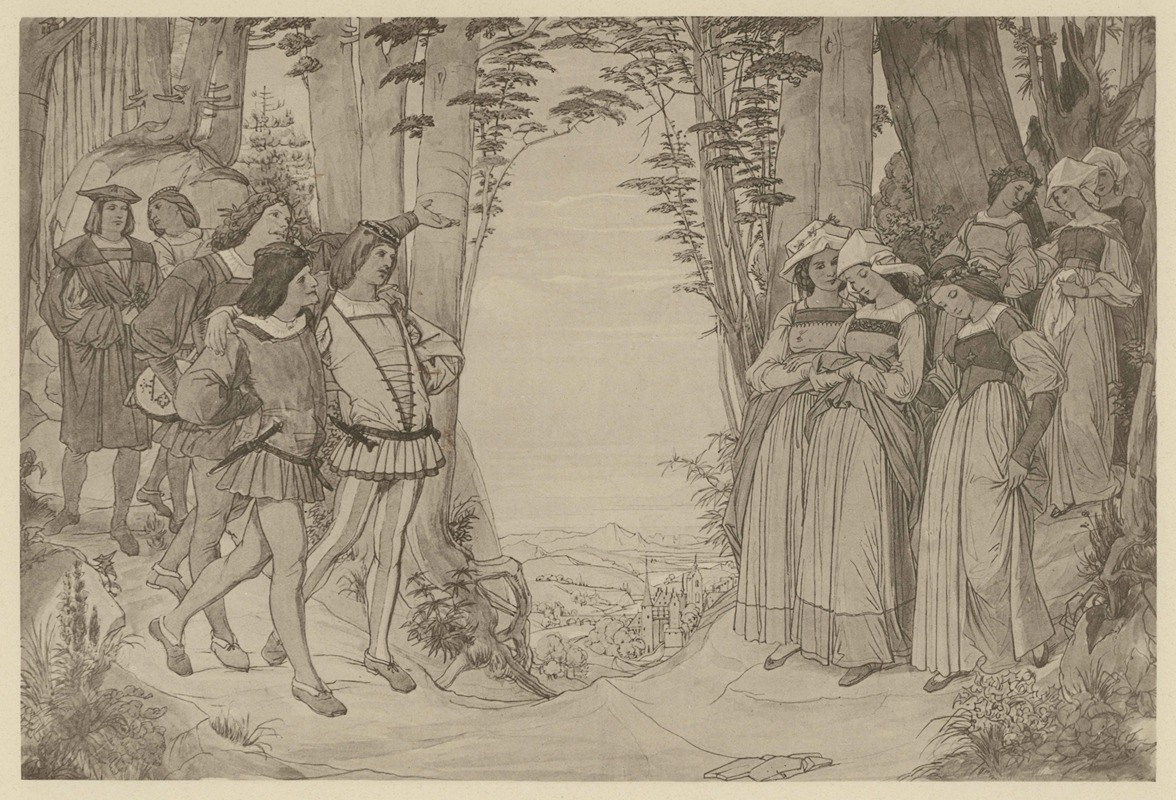
Maientag
A hand-painted replica of Eduard von Steinle’s masterpiece Maientag, meticulously crafted by professional artists to capture the true essence of the original. Each piece is created with museum-quality canvas and rare mineral pigments, carefully painted by experienced artists with delicate brushstrokes and rich, layered colors to perfectly recreate the texture of the original artwork. Unlike machine-printed reproductions, this hand-painted version brings the painting to life, infused with the artist’s emotions and skill in every stroke. Whether for personal collection or home decoration, it instantly elevates the artistic atmosphere of any space.
Eduard von Steinle was a prominent 19th-century German painter associated with the Nazarene movement, which sought to revive honesty and spirituality in Christian art. His works often depicted religious and historical themes, characterized by a detailed and idealized style. One of his notable works is "Maientag," which translates to "May Day" in English. This painting reflects Steinle's interest in capturing the essence of cultural and traditional festivities.
"Maientag" is celebrated as a representation of springtime festivities, a common theme in European art that symbolizes renewal and the beauty of nature. The painting likely captures a scene filled with figures engaged in traditional May Day activities, such as dancing around the maypole, which is a common custom in many parts of Europe. These activities are often associated with the celebration of spring and fertility, marking the transition from the cold winter months to the warmth of summer.
Steinle's work is known for its attention to detail and vibrant use of color, which would be evident in "Maientag." The painting would typically feature a harmonious composition, with figures dressed in period-appropriate costumes, engaging in joyful celebration. The background might include lush greenery and blooming flowers, emphasizing the theme of renewal and the beauty of the natural world. Steinle's ability to capture the spirit of communal joy and the essence of cultural traditions would be a highlight of this work.
As a member of the Nazarene movement, Steinle's art often carried a moral or spiritual message, even in scenes depicting secular activities. "Maientag" might subtly convey themes of unity, community, and the cyclical nature of life, reflecting the Nazarene ideals of purity and spirituality. The painting would be an example of how Steinle and his contemporaries sought to infuse their work with deeper meaning, even when depicting everyday life or traditional celebrations.
Eduard von Steinle's contributions to art extend beyond his paintings. He was also a respected teacher and influenced many students during his tenure at the Städelsches Kunstinstitut in Frankfurt. His works, including "Maientag," continue to be appreciated for their artistic merit and their ability to capture the cultural and spiritual zeitgeist of the 19th century.
While specific details about the painting "Maientag" might not be extensively documented, it remains an important part of Steinle's oeuvre. It exemplifies his skill in blending traditional themes with the artistic ideals of the Nazarene movement, making it a valuable piece for understanding the cultural and artistic context of his time.





